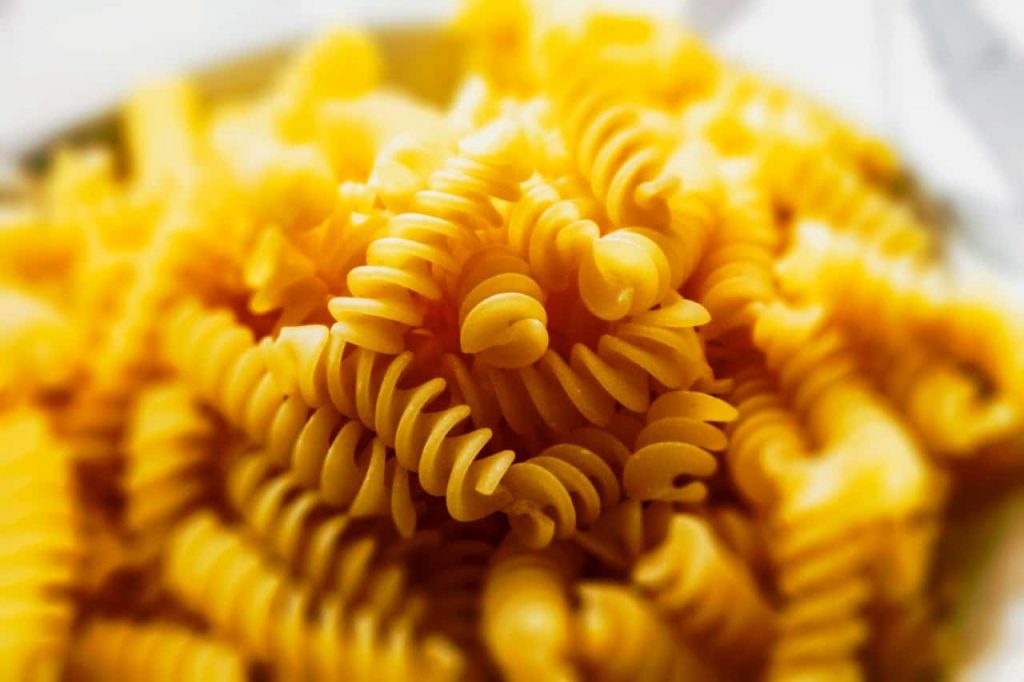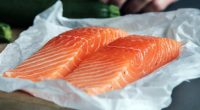Nutrition News & Views
Carbs - Low GI, High GI… Why GI?

We often hear about carbohydrates as being "High-GI" or "Low-GI" and that low-GI is better for us.
But what does GI mean, and why the difference?
GI stands for Glyceamic Index, which, in oversimplified terms, means a measure of how quickly carbohydrate is converted into sugar in the bloodstream.
High-GI foods, such as potatoes, white bread, white rice and beer are converted quickly. Many high-GI foods contain sugar, either naturally or added in manufacture.
Low-GI foods like oats, bran, meat, dairy products, many vegetables, eggs and red wine are converted more slowly. They may also contain sugar, but usually in smaller amounts or in more complex forms.
(There are actually three types of carbohydrate GI – high, medium and low... but most conversation usually revolves around high and low, leaving medium GI sniffling alone in the corner.)
So, how does GI relate to our diet?
As we saw in a previous post, carbs have a number of functions in the body, one of the most important being to supply energy.
Carbohydate foods contain sugars and/or starches, and both of these are converted to glycogen – a form of the simple sugar glucose – to power our body cells.
Meals of high-GI food quickly add a lot of glucose into the bloodstream, useful for a quick but short-lived energy burst.
These foods often contain quite high levels of sugar, which our bodies are programmed to enjoy and seek for its energy content. The more we eat it, the more we crave the sweet taste, so we tend to overeat sugary foods.
In contrast, low-GI foods are digested much more slowly, "trickling" glucose into the bloodstream at a much more manageable rate, so the energy from them is longer-lasting.
Additionally, many low-GI foods are quite fibrous, and this added bulk make us feel full earlier than with high-GI foods, tending to limit the amount we eat.
High-GI foods are often painted as being "bad" while low-GI foods are labelled "good." Actually, both types are useful to the body as long as the amount and frequency that we eat them, and the way they are prepared, is appropriate.
As a general rule for healthy people, it’s ideal to eat more low-GI carbs than high-GI, especially early in the day – porridge or wholemeal toast for breakfast being a good example – so the slow-release of glucose provides longer-lasting energy, also "topping-up" blood glucose levels that have fallen overnight.
High-GI food should be eaten in moderation to limit sugar intake. Foods high in GI may also have added refined sugar which may add and contribute to children’s dental caries. There’s also mounting evidence that excessive sugar is linked in some way to various conditions including heart disease and type 2 diabetes, as well as obesity.
In conditions such as diabetes, where blood sugar is difficult to control, low-GI foods are quite important, as the rapid rise of blood sugar from high-GI can cause significant problems.
As always, for healthy people, the best advice is a balanced diet with a leaning towards fruits and vegetables. Not too much of anything, and not too much on the plate.
Combined with daily exercise, you can then enjoy both types of carbs, and remain healthy and energetic.
-- Natalia Knezevic
Natalia Knezevic is a dietitian and nutritionist practicing in Orange, New South Wales, with over 22 years experience supporting patients with weight- and diet-related conditions.



